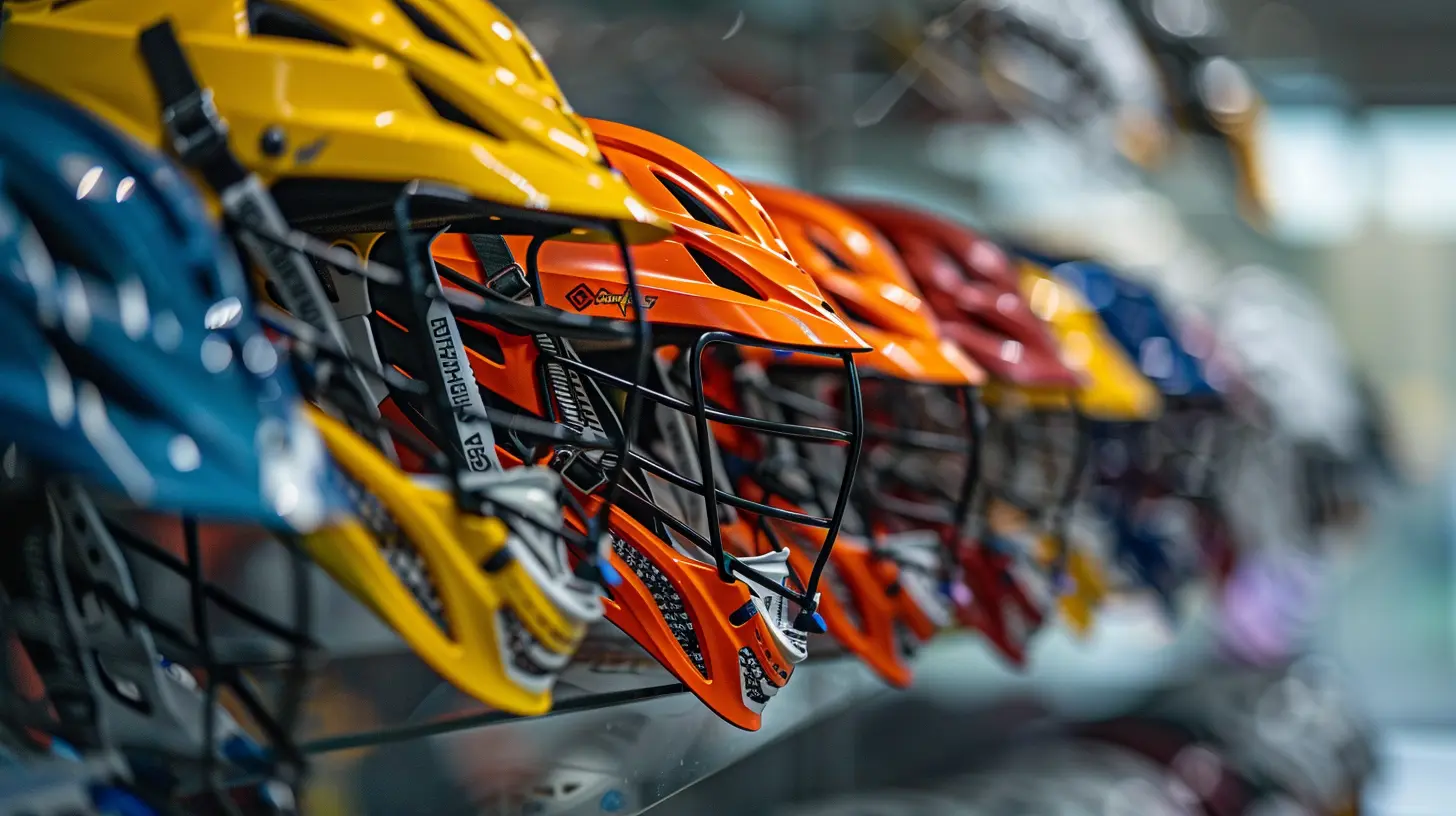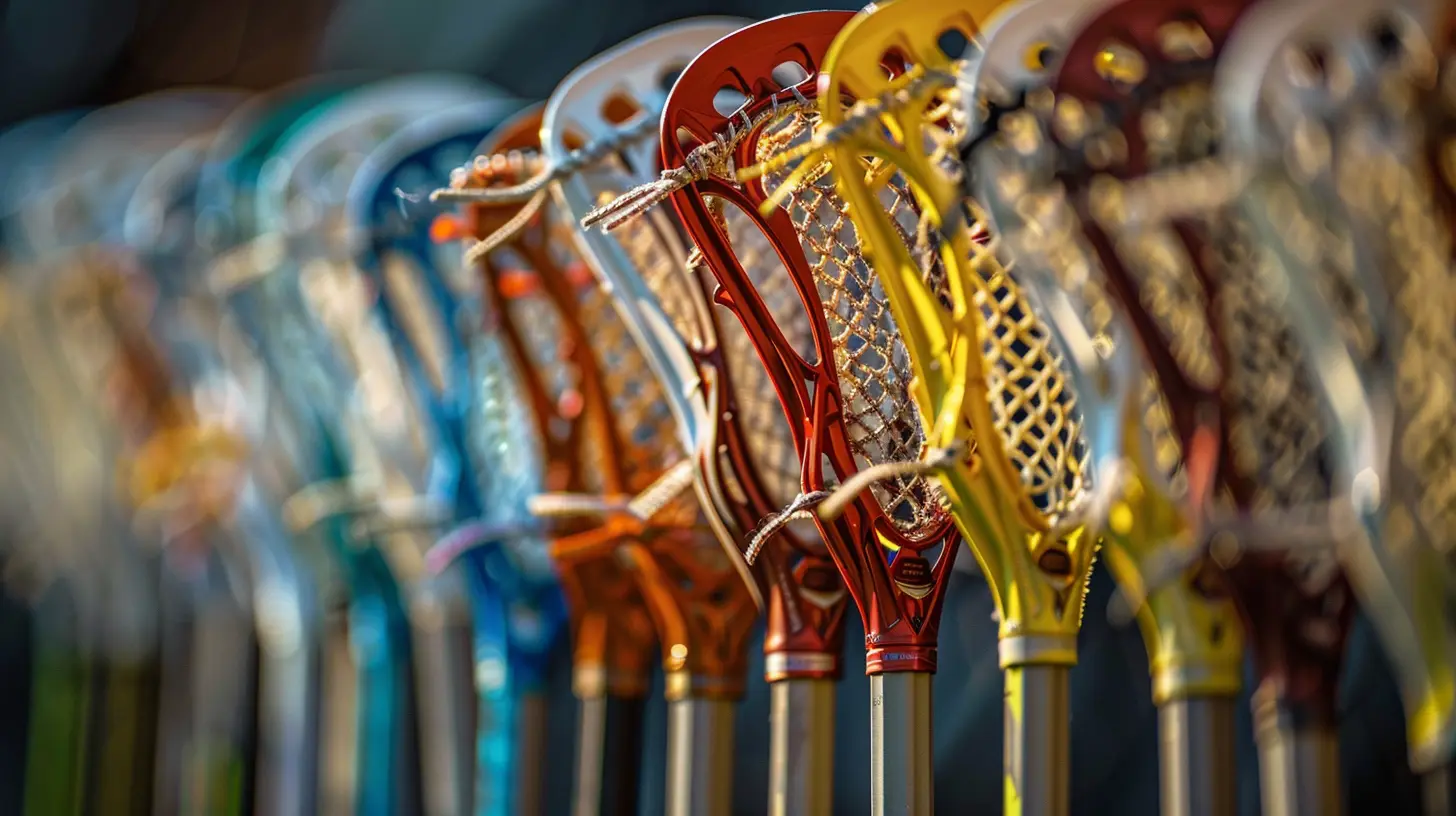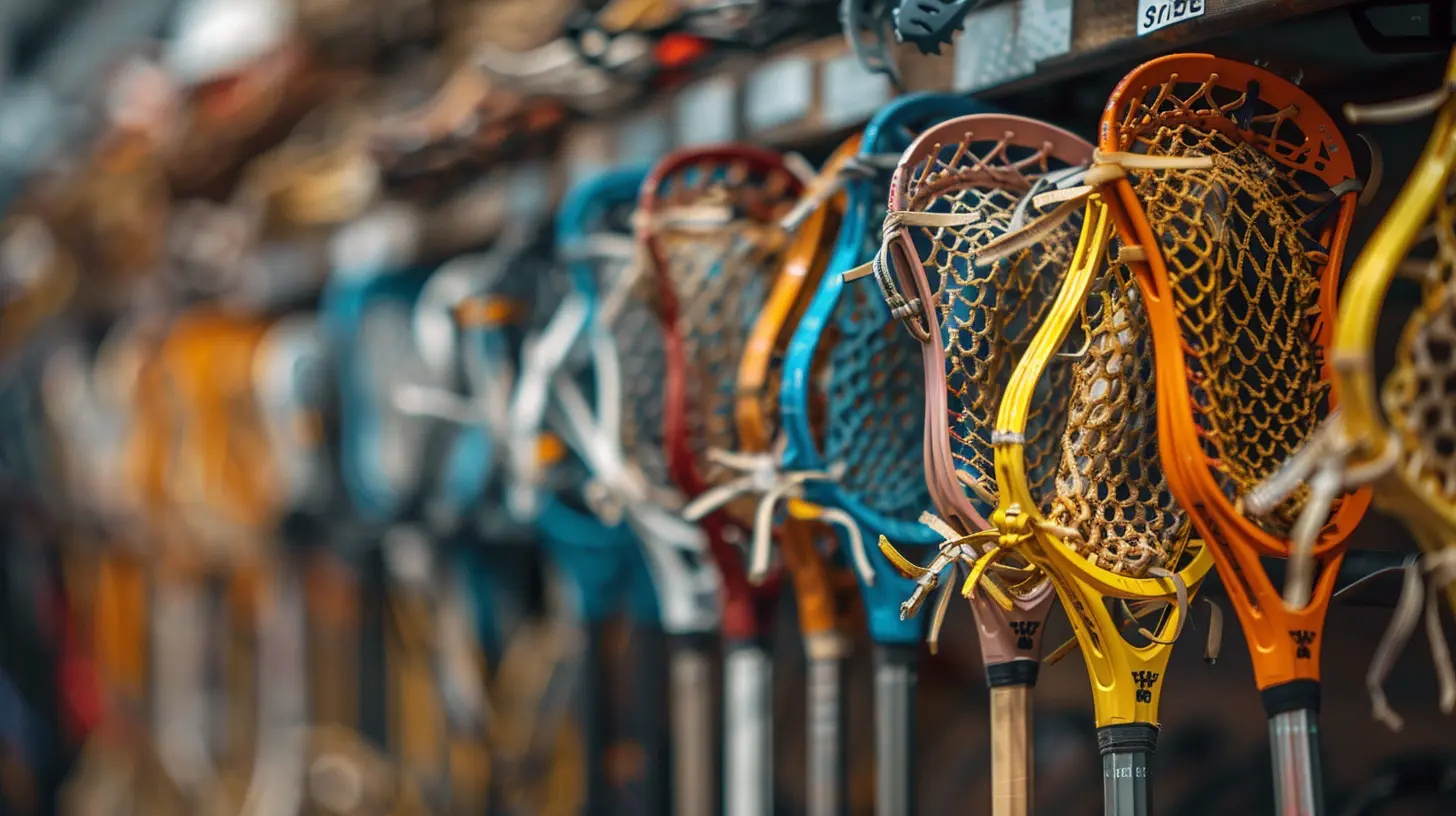Understanding the Different Types of Lacrosse Heads
4 September 2025
If you’ve ever stood in front of a wall of lacrosse heads at your local sports shop or scrolled endlessly online trying to pick one, you know how overwhelming it can be. All the shapes, scoop angles, sidewall designs, and names—it’s like trying to find the perfect slice of pizza in a city full of pizzerias. But don’t stress. I’ve got your back.
In this guide, we’ll break down the different types of lacrosse heads and help you understand what all the fuss is about. Whether you’re brand new to the game, trying to upgrade your gear, or just a lax nerd like me, we’re going to make sense of it all—piece by piece. Ready? Let’s dive in.
What Exactly Is a Lacrosse Head?
Before we get into the types, let’s clear up what a lacrosse head even is.The lacrosse head is the top part of the stick where the magic happens. It’s what cradles the ball, throws it, catches it, and scoops it off the ground. Think of it like the engine under the hood—it powers everything. It’s made of plastic (usually), strung with mesh or traditional strings, and attaches to the shaft of your stick.
Your head’s shape, stiffness, and stringing setup all affect your playstyle, so choosing the right kind can seriously level up your game.
The Three Main Categories of Lacrosse Heads
There are three broad categories when it comes to lacrosse heads:1. Attack/Midfield Heads
2. Defense Heads
3. Goalie Heads
Each one is built a bit differently to support the needs of its position. Let’s zoom into each one.
Attack and Midfield Heads: The Weapons of the Offense
If you're the kind of player who thrives on dodging, quick passes, and ripping corners, you're in this group. Attackmen and midfielders need heads that are built for speed, control, and precision.Key Characteristics:
- Tighter Face Shape: This narrow design gives you more ball control, especially when cradling one-handed.- Offset Design: Helps keep the ball deeper in the pocket for better feel and accuracy.
- Lightweight: Speed is key—heavier heads slow down quick hands.
Who’s This For?
These heads are perfect for playmakers. Think Kyrie Irving with a stick. If you’re dodging through traffic, rolling off defenders, or setting up goals from X (behind the net), you’ll want a head that handles like a sports car.Popular Heads:
- STX Surgeon- Maverik Optik
- ECD Mirage

Defense Heads: The Tanks of the Field
Defense and long-stick middies (LSMs) need something entirely different. Their job isn’t to score—it’s to stop the other team in their tracks. That means big poke checks, slap checks, and ground balls.Key Characteristics:
- Wider Face Shape: More surface area means easier lift checks and pickups.- Stiffer Plastic: These heads take a beating and keep on working.
- Extra Strength Sidewalls: You need a head that won’t warp when you’re swinging it like a hammer.
Who’s This For?
If you're the kind of player who loves shutting people down, laying the lumber, and causing chaos in the opponent’s offensive set, this one's for you.Popular Heads:
- STX Hammer- Maverik Tank
- Warrior Regulator
Goalie Heads: The Big Controllers
Goalies live in their own world. Their heads are massive compared to others—and they need to be. You're not passing or shooting; you’re saving bullets. A good goalie head is your shield, your tool, your safety net.Key Characteristics:
- Extra Wide: More area to catch or deflect shots.- Flat Scoop: Helps with clearing ground balls quickly.
- Durability & Flexibility Balance: Needs to hold shape, but not be brittle.
Who’s This For?
If you're the fearless type who doesn’t flinch when a lacrosse ball is flying at your chest, you're probably a goalie. You need a head that gives you the best chance to make saves and control rebounds.Popular Heads:
- STX Eclipse II- Maverik Kinetik Goalie
- Warrior Nemesis 3
Specialty Lacrosse Head Features to Know
Let’s geek out for a second. Each lacrosse head is more than just its position—it also comes with technical features that impact how you play. Here are a few worth knowing:1. Scoop Design
This is the top edge of the head—where it meets the turf during ground ball battles. Some scoops are more rounded, others flatter. If you’re winning GBs (ground balls), your scoop’s doing work.- Flat scoops = Better ground ball pickups
- Curved scoops = Better for stringing and ball retention
2. Sidewall Holes
The more holes, the more stringing options. A head with lots of holes gives stringers the ability to fine-tune your pocket to your exact playing style. Custom pockets = custom performance.3. Strung vs. Unstrung
Many heads come unstrung—you do the stringing or hire someone. Others come pre-strung, ready to go. Pro tip: factory stringing isn’t always optimal. If you can, get it custom strung.Youth vs. Adult Lacrosse Heads
Not all heads are created equal—especially when it comes to age groups.- Youth Heads: Often slightly wider, easier to catch with, made for building fundamentals.
- Adult Heads: Position-specific, more technical, built for high-level play.
If you're shopping for a younger player, prioritize ease of use and durability. For high schoolers and up, it’s all about performance.
How to Choose the Right Lacrosse Head for You
Now that we’ve unpacked all the types and features—how do you actually choose the right one?Ask yourself these questions:
What’s Your Position?
This is the most important factor. Are you a speedy attackman? A lockdown pole? A goalie with cat-like reflexes?What's Your Skill Level?
Beginners benefit from heads that are forgiving and durable. Elite players need sharper tools—more control, tighter pockets, better ball feel.What’s Your Style?
Do you cradle one-handed a lot? Take a ton of shots? Love laying out opponents? Pick a head that complements your unique skill set.Tips for Taking Care of Your Lacrosse Head
Picked a head? Nice! Let’s make it last.- Don’t leave it in your car: Extreme heat can warp the plastic.
- Check stringing frequently: Loose shooters or sidewalls = bad performance.
- Clean off turf and mud: Dirt can weaken strings and plastic over time.
- Retie or restring when needed: Heads lose their shape as mesh breaks in.
A little love goes a long way.
Final Thoughts
Choosing a lacrosse head can feel like picking a magic wand. And in a way—it kind of is. The head you use speaks to your playing style, your position, and your personality. Whether you’re a firecracker on offense, a wall on defense, or a fearless goalie, there’s a perfect head out there waiting for you.Just remember—it’s not just the gear that makes a great player. It’s what you do with it.
So get out there, strap up, and make some noise on the field. Your head’s ready. Are you?
all images in this post were generated using AI tools
Category:
Sports EquipmentAuthor:

Uziel Franco
Discussion
rate this article
1 comments
Grace Russell
Lacrosse heads are like ice cream flavors—so many options, each with its own twist! What’s your favorite scoop?
September 19, 2025 at 4:43 AM

Uziel Franco
Great analogy! My favorite scoop would have to be the Attack head for its versatility and precision on the field. What's yours?


![The Anatomy of a Superstar: Breaking Down [Player Name]s Game](/pictures/blog/small/the-anatomy-of-a-superstar-breaking-down-player-names-game_4.webp)